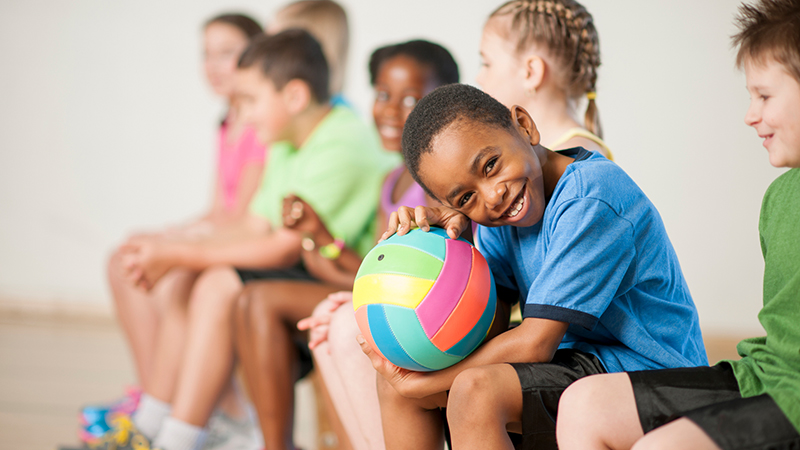Getting and keeping kids motivated in school is hard work. As a physical education teacher, it can feel nearly impossible. Some kids are athletic, while others don’t like playing sports; others prefer competitive contact activities or are uncomfortable getting physical. As a PE teacher, you can offer prizes and trophies to students for completing activities, but these external motivators will quickly lose their appeal and you’ll be left trying to find more rewards just to keep your students interested.
The key to getting and keeping your students motivated in PE is by developing their intrinsic motivation. Intrinsic motivation is the pleasure students get from engaging in or completing an activity. To help get you started, we have put together four strategies to build your students’ intrinsic motivation. While the below tips are intended for PE teachers, they are applicable for all subjects and can easily be altered to develop students’ intrinsic motivation in math, ELA, science, and beyond.
1. Develop activities that build on students’ interests
The first step is getting to know your students. You don’t always need to rely on competitive team sports in your PE instruction. If students like to dance, design a step or cultural-dancing unit. If you want to develop their collaboration skills in the process, work in team building exercises through partner and group dancing. This link offers strategies to learn about your students’ interests.
2. Increase opportunities for self-directed learning
Let students take ownership of their learning by allowing them to choose their personal goals (e.g., 4 sets of 25 pushups vs. 100 at once), and offer options of how students can demonstrate knowledge of a task or acquisition of a skill. The examples of self-directed, student-centered learning on this link can easily be modified for your PE instruction.
3. Use task progressions
Before diving into complex tasks, which will likely intimidate and discourage some of your students, start with simple forms of a skill, so students can build self-efficacy and ability in a non-judgmental way. For example, when introducing students to softball, teach them the fundamentals of throwing and catching, swinging a bat, reading a pitch, running the bases, fielding a grounder, and tracking a ball before engaging them in a game.
4. Set up activities that promote success
Don’t set your students up for failure by creating unattainable goals like running a six-minute mile. Instead, provide activities that they can accomplish with hard work. Ask an athletically gifted student to model the task so students know it is possible. Then, modify the requirements of the activity based on students’ strengths and weaknesses. When students succeed in an appropriately challenging task they will be proud of their performance, which can lead to more interest and a willingness to take on more challenging work.
PE is meant to engage and motivate students in fun, authentic physical activity in order to promote a healthy and active lifestyle!






